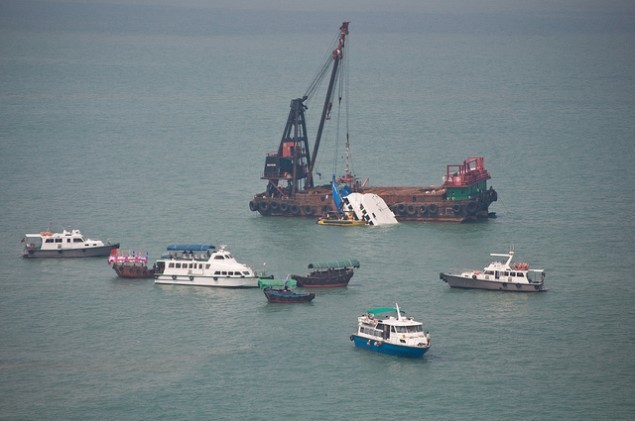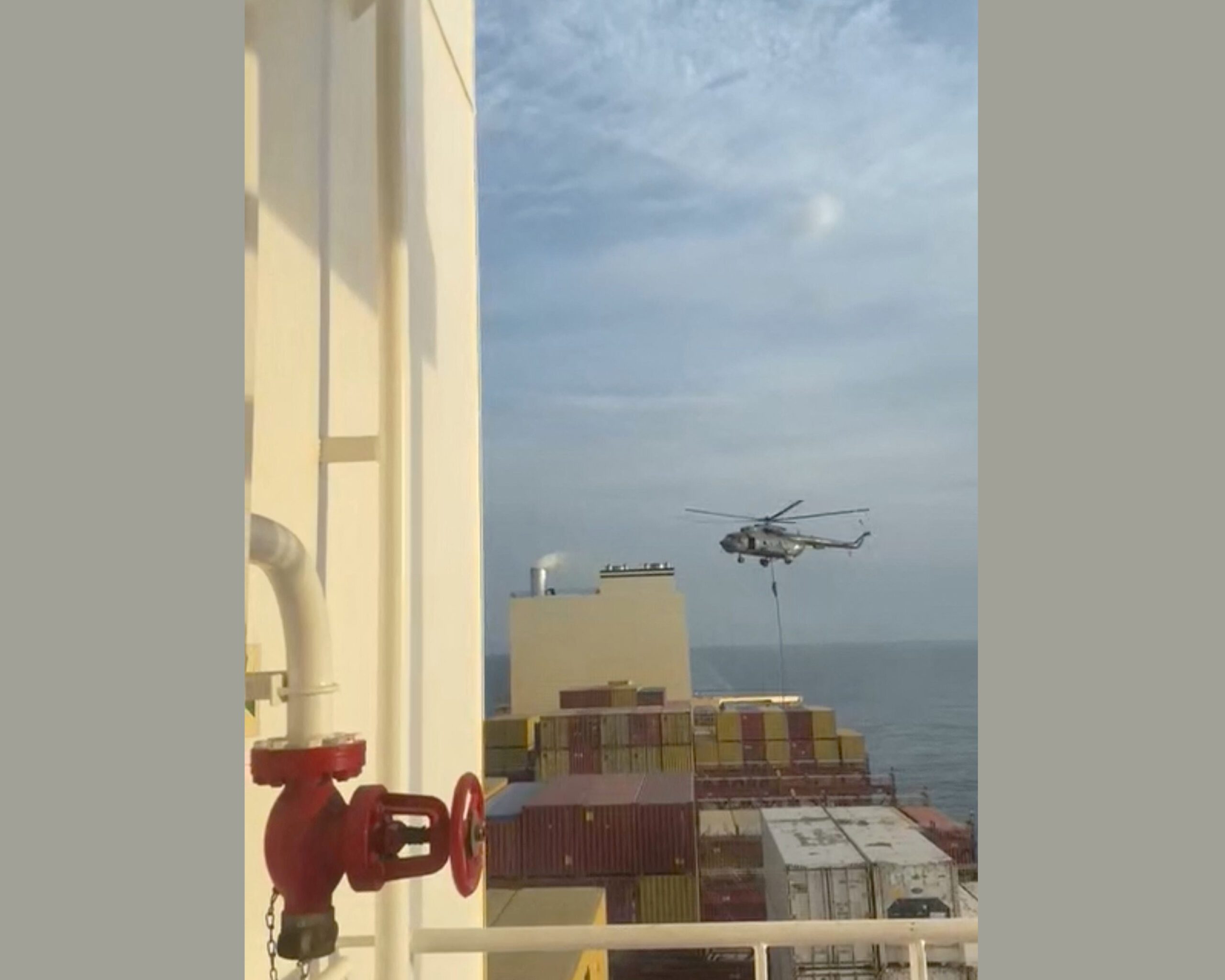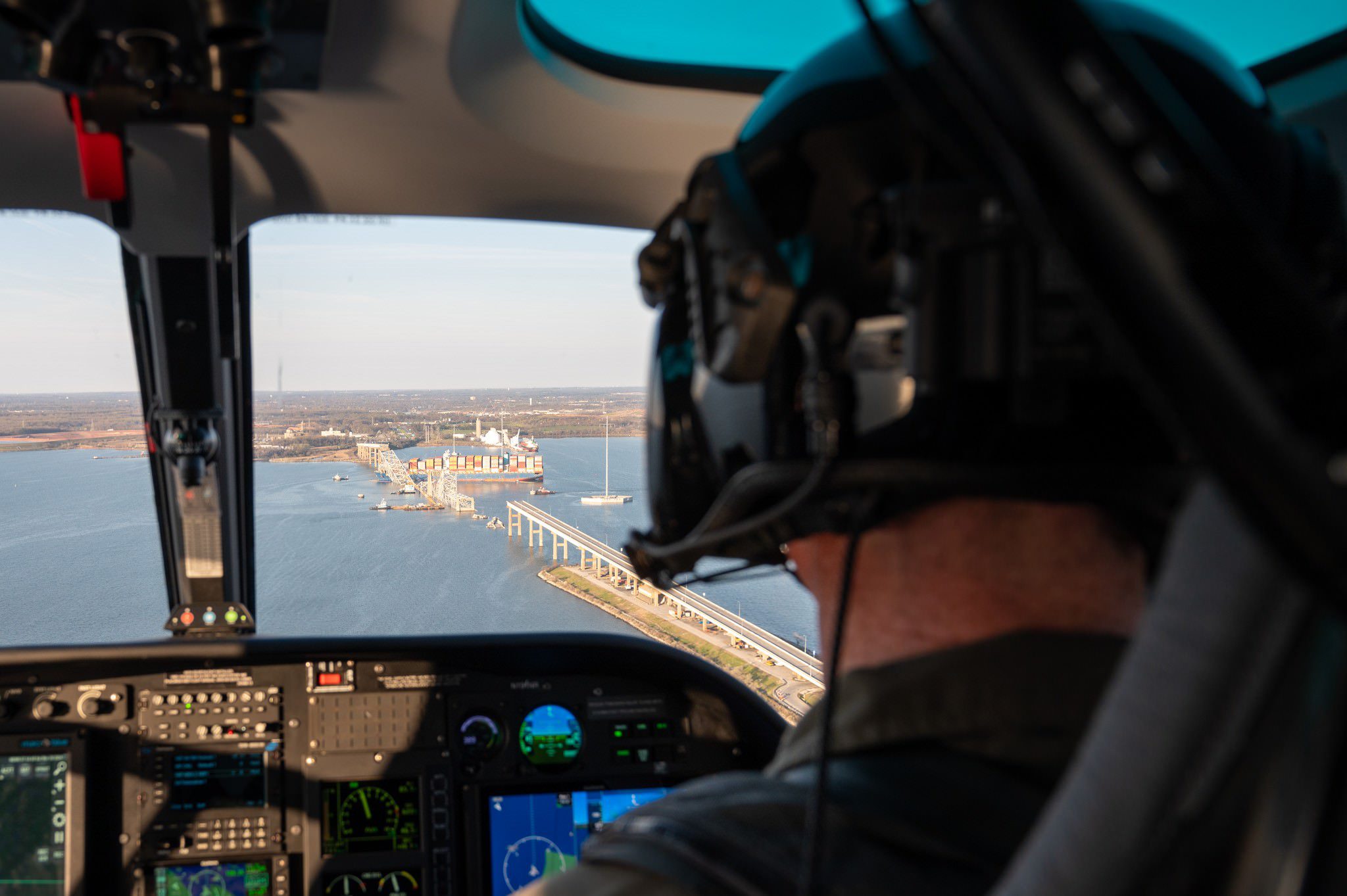Ten days after a devastating maritime accident killed 39 people in Hong Kong, the city’s marine department said it has stepped up safety checks of boats and is considering more efforts to improve safety, including tighter regulations on the provision of lifesaving equipment.
The Oct. 1 tragedy–which occurred when a commuter ferry collided with a boat filled with families en route to view fireworks–stunned Hong Kong, which experts say is home to one of the world’s safest and most modern harbors. However, the harbor has in recent years grown increasingly crowded with pleasure boats–in addition to the number of high-speed ferries plying the waters between Hong Kong and the gambling hub of Macau–prompting some industry experts to raise concerns about the possible impact of a rise in traffic.
While emphasizing that the city’s waters remain safe, So Ping-chi, assistant director of the marine department’s shipping division, said Thursday that a working group of industry representatives and officials is nonetheless being convened to identify what can be done to improve local maritime safety.
“We will not be complacent, nor will we slacken our attention,” said Mr. So.
The department is investigating the cause of the Oct. 1 crash, alongside a police effort to determine criminal responsibility behind the incident. The captain and crews of both boats have been arrested and released on bail. A special government-appointed commission to examine the incident was also set up earlier this week.
Some of the safety measures the working group might examine include requiring boats to carry higher numbers of child-sized lifejackets and requiring the appointment of deputy captains responsible for monitoring a boat’s radar at all times, Mr. So said. The government will also consider supporting training sessions for residents of the city’s outlying islands–many of whom commute by ferry to work–on how to quickly access and use life preservers, he said.
Mr. So also said the department has increased spot checks of ferries and pleasure boats since the accident, especially with regard to the provision of life rings and life jackets. In the Oct. 1 incident, the boat that had been loaded with families sank within minutes of the collision, passengers said, and many were not able to access lifesaving devices before being thrown into the water. Nearly one-third of the passengers died; among the 39 victims, at least seven were children.
Even when vessels are equipped with lifejackets, sometimes the font size of signs indicating their location is too small, or they are placed into store rooms that aren’t easily accessible, marine department officials noted Thursday.
Still, Mr. So said that the city’s maritime record remains strong. Out of 203 collisions recorded in 2011, he said the vast majority were minor accidents that occurred in situations such as typhoons or during the berthing process, and no deaths were recorded from such incidents.
(c) 2012 Dow Jones & Company, Inc.
Unlock Exclusive Insights Today!
Join the gCaptain Club for curated content, insider opinions, and vibrant community discussions.

 Join The Club
Join The Club













